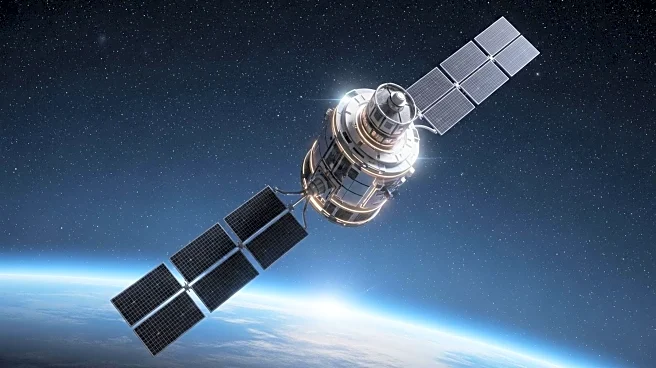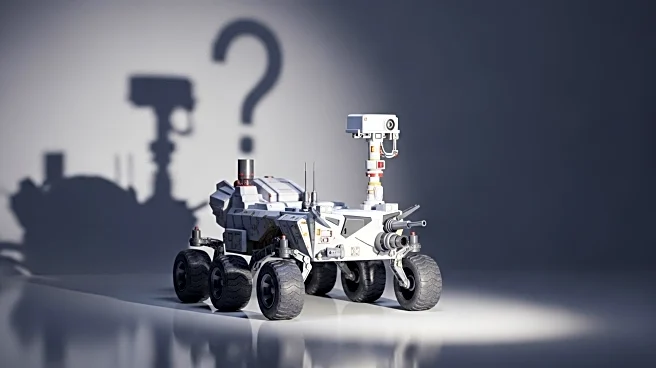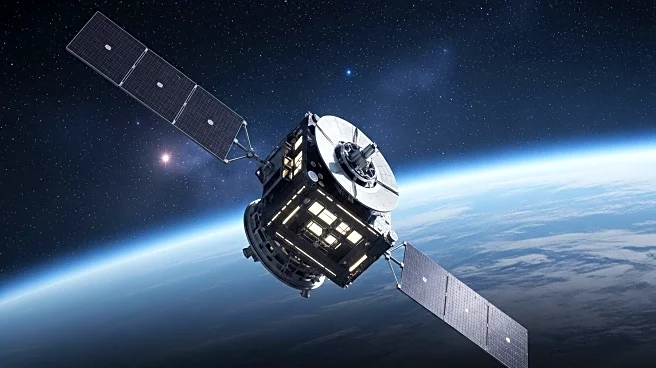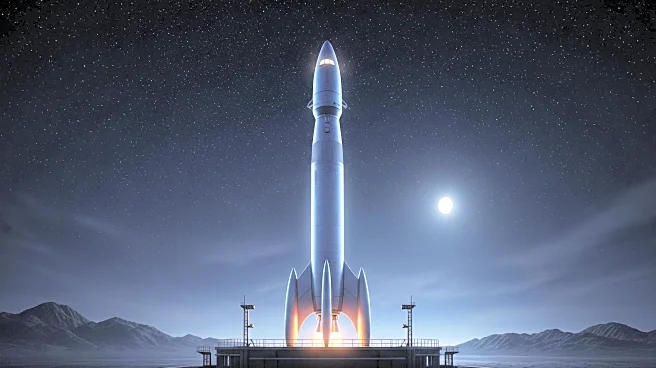What's Happening?
NASA's Jet Propulsion Laboratory (JPL) has announced a significant workforce reduction, with approximately 550 employees set to be laid off. This decision is part of a strategic realignment aimed at streamlining operations and reducing costs. The affected positions include technical, business, and support staff. JPL Director Dave Gallagher communicated to employees that the reorganization began in July and is essential for securing the laboratory's future. The layoffs are not related to the current federal government shutdown. JPL, managed by the California Institute of Technology, is responsible for numerous NASA missions, including Mars rovers and deep space probes. Despite the staff reductions, JPL will continue its work for NASA.
Why It's Important?
The job cuts at JPL highlight the ongoing budget pressures faced by NASA and its affiliated institutions. This move is significant as it reflects the need for fiscal discipline and adaptation to the evolving space ecosystem. The reduction in workforce could impact the pace and scope of future space missions managed by JPL. However, the laboratory's commitment to maintaining its core technical capabilities suggests a focus on prioritizing essential projects. The layoffs also underscore the broader challenges in the aerospace sector, where institutions must balance innovation with financial constraints.
What's Next?
Employees affected by the layoffs will be notified of their employment status soon. JPL will continue to focus on its core technical capabilities and streamline its infrastructure to remain competitive. The laboratory's management will likely engage in further strategic planning to address budgetary challenges and ensure the sustainability of its operations. Stakeholders, including NASA and the California Institute of Technology, may need to explore additional funding avenues or partnerships to support JPL's mission objectives.
Beyond the Headlines
The decision to lay off a significant number of employees at JPL raises ethical considerations regarding workforce management in scientific institutions. It also highlights the cultural impact on the community of scientists and engineers who contribute to space exploration. The long-term implications may include shifts in how space missions are prioritized and executed, potentially affecting global scientific collaboration and innovation.











